With RAS, medical researchers hope harvesting the species’ valuable LAL can continue with less harm done to wild stocks
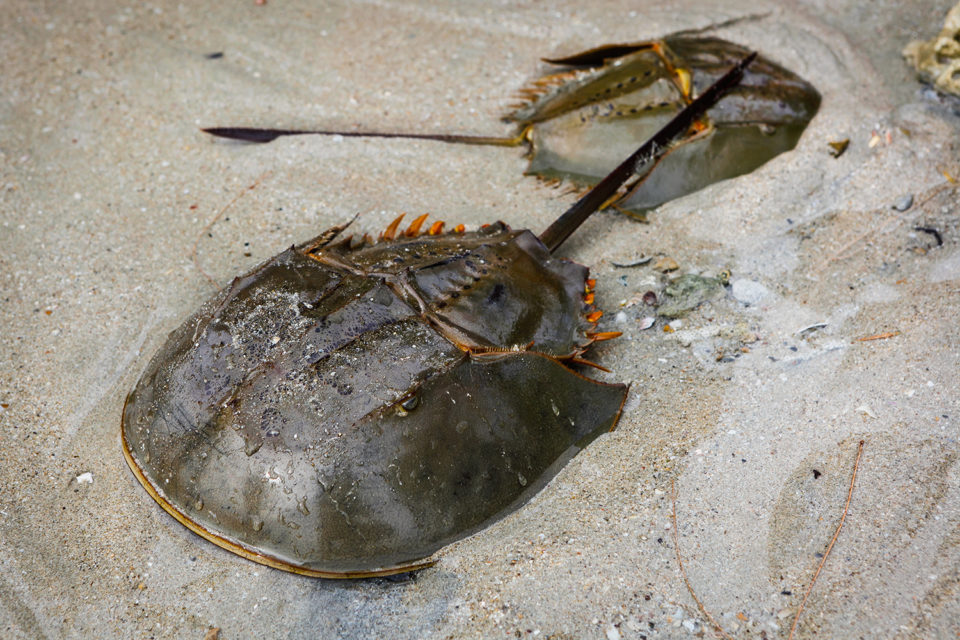
Blood from horseshoe crabs (Limulus polyphemus) is a vital resource for modern medicine. It contains Limulus Amebocyte Lysate (LAL), an aqueous extract of amoebocyte cells that is used in sterility testing to ensure that drugs, vaccines and medical devices are free from potentially deadly bacteria called endotoxins. Since its approval by the U.S. Food and Drug Administration in 1977, the LAL assay has been the standard test for the contamination of medical devices by endotoxins.
However, attempts to detect such bacteria in human blood using LAL have been unsuccessful so far, due to interfering factors such as cross-reactivity and inhibitors. Meanwhile, the demand for horseshoe crab blood has raised questions over the impacts of harvesting from the wild, where approximately 600,000 crabs are removed each year. Horseshoe crabs are already vulnerable due to global warming and harvesting as bait to catch eels and whelks. Aquaculture methods have been trialled before to reduce mortalities and improve LAL supplies, but long-term efforts have been either unreported or unsuccessful.
Concerned over the pressure on horseshoe crabs in the wild and keen to develop LAL assays for human blood, a group of researchers in North Carolina recently published a new paper that could hold the key to addressing these issues.
“We wanted to find a more efficient and potentially more conservational way to harvest horseshoe crabs and transition the typical food aquaculture space into something that produces high-end biotechnology outputs with economic potential,” Dr. Anthony Dellinger, president of Kepley BioSystems, a life science start-up in North Carolina, told The Advocate.
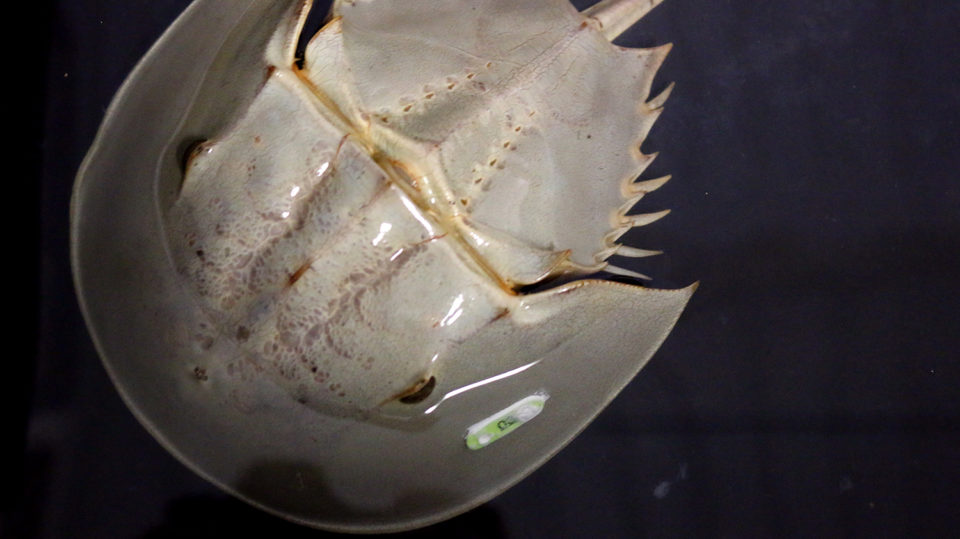
In order to facilitate LAL harvesting and maintain animal welfare, Dellinger and his colleagues developed a recirculating aquaculture system (RAS) system of two holding tanks (4-by-6-by-1 feet, salinity 19.5 to 22.0‰), a biofiltration tank and a solids separation tank. The horseshoe crabs remain in the multi-tank setup long-term, receiving a special diet and periodically having blood drawn with an intravascular catheter that’s surgically implanted.
The team found that the horseshoe crabs maintained their natural behavior and body weight, grew consistently, survived catheter implantation and thrived for more than 12 months with a zero percent mortality rate. They also found that LAL can be extracted up to 24 times a year from horseshoe crabs that are kept in aquaculture long-term. Sufficient research and evidence also shows that horseshoe crabs can be bred and grown in captivity to replace aquaculture stock, which could potentially abolish the need to harvest them for the biomedical industry.
“LAL can vary in its activity from batch to batch, and when you’re working with biomedical tools you don’t want variation,” said Dr. Rachel Tinker-Kulberg, the study’s lead author. “Horseshoe crabs that are given defined diets and kept under controlled environmental conditions should reduce these variations, leading to more reliable LAL. Aquaculture is a great conservation tool for horseshoe crabs and a great way to manage the quality and viability of the product that we get out.”
The team estimated that 45,000 horseshoe crabs in aquaculture would provide enough LAL for all current diagnostic needs and even help to detect endotoxins in pre-treated human blood samples. Research in this field is ongoing, but Dellinger and his colleagues believe that it will lead to the early, potentially life-saving detection of infectious diseases, a welcome result for patients at risk of life-threatening conditions, and in light of the coronavirus pandemic.
“Our work is extremely important because of the Covid circumstances and the susceptibility of patients with COVID-19 to secondary bacterial infections,” said Dellinger. “Such infections aren’t being looked at very carefully right now because COVID-19 patients are too sick and there is too much risk associated with it, but if we could use LAL in a very small blood sample, for example from a finger prick, and ascertain whether a patient is at risk of secondary infection, we could give physicians more information on how to treat such patients timely, accurately and how long for. Time is of the essence and we want to be as proactive as we can.”
Anything that is going to help stymie the progression of COVID-19 will, more likely than not, require LAL to get there, said Dellinger. For example, COVID-19 vaccines and medical devices such as ventilator components will need to be validated in a batch-wise process with LAL. This will require an immediate, near-term need for large quantities of LAL to ensure that appropriate amounts reach the market as soon as possible. Dellinger and his team are also working to determine whether LAL can ascertain how sensitive a COVID-19 patient might be toward a particular antibiotic treatment if they are co-infected with a secondary bacterial infection.
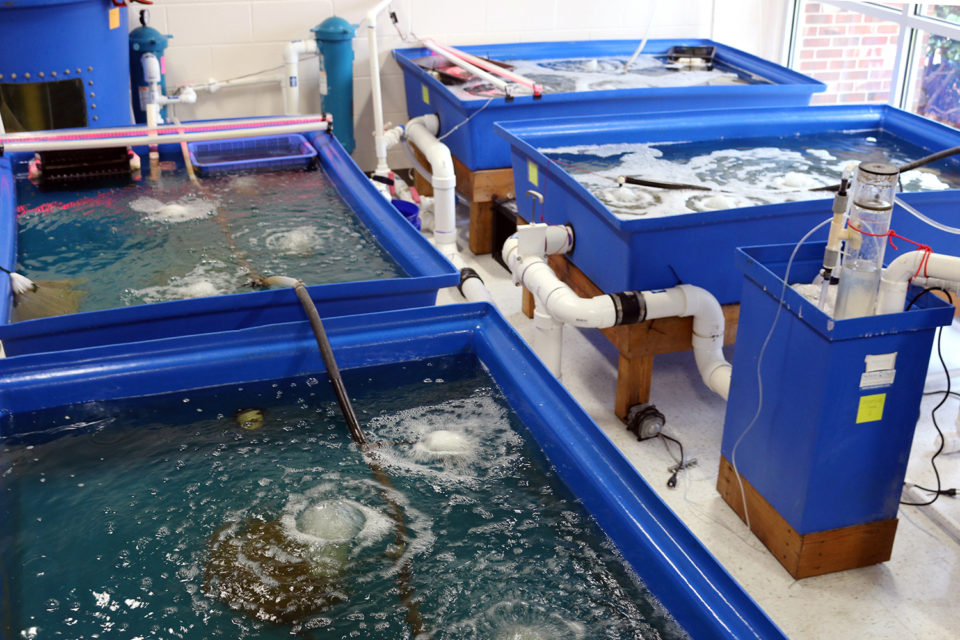
Aquaculture-derived LAL is not only innovative but also critical to the health industry as a whole, says Tinker-Kulberg, as more effective ways to diagnose other infections such as sepsis, and monitoring their progression, are crucial to patient survival.
“It’s really sought after in the field of infectious bacterial diagnostics as it allows for immediate results and informed management decisions,” she said. “We have a significant advantage in that we won’t have any batch-to-batch variability and our approach is sustainable.”
Collaborative work is now underway with infectious disease epidemiologists at Duke University, the National Institute of Health (NIH), Centers for Disease Control and Prevention (CDC) and the National Science Foundation. Hopes are high that thanks to rapid, ambitious and aggressive programs introduced by the NIH, some of the technology will be deployed by the end of this summer for use in the coronavirus pandemic. Although a specific timeline is uncertain, Dellinger is pleased that those supporting his work recognize its urgency and are working to facilitate timely solutions.
The new RAS system shows great promise, says Tinker-Kulberg, and is an encouraging example of how aquaculture can even be important in a pandemic.
“The aquaculture approach is an innovative way of conserving horseshoe crabs in the wild while supplying the medical industry with a sustainable resource that will save human lives,” she said. “Having a controlled, quality product from a stable approach is going to be very important and this is imperative to ensure that future commercial LAL products are strictly controlled and optimized in order to consistently detect the myriad of different pathogenic bacterial organisms that are currently on the rise.”
“Aquaculture solves a very critical circumstance associated with feeding our growing population and makes logical sense to put good quality protein on plates,” said Dellinger of Kepley BioSystems. “In addition to this, it’s great to look at aquaculture from the perspective of clinically significant products that can be derived from marine sources. RAS systems offer good control over parameters like diet and water temperature, everything is easy to monitor and that ties in with the transparency of your end product. There is significant pressure on the medical industry to safeguard humanity, and aquaculture can help them meet that responsibility.”
Follow the Advocate on Twitter @GAA_Advocate
Now that you've reached the end of the article ...
… please consider supporting GSA’s mission to advance responsible seafood practices through education, advocacy and third-party assurances. The Advocate aims to document the evolution of responsible seafood practices and share the expansive knowledge of our vast network of contributors.
By becoming a Global Seafood Alliance member, you’re ensuring that all of the pre-competitive work we do through member benefits, resources and events can continue. Individual membership costs just $50 a year.
Not a GSA member? Join us.
Author
-
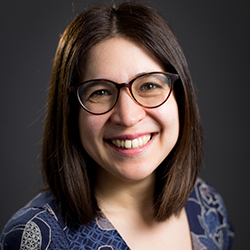
Bonnie Waycott
Correspondent Bonnie Waycott became interested in marine life after learning to snorkel on the Sea of Japan coast near her mother’s hometown. She specializes in aquaculture and fisheries with a particular focus on Japan, and has a keen interest in Tohoku’s aquaculture recovery following the 2011 Great East Japan Earthquake and Tsunami.
Tagged With
Related Posts
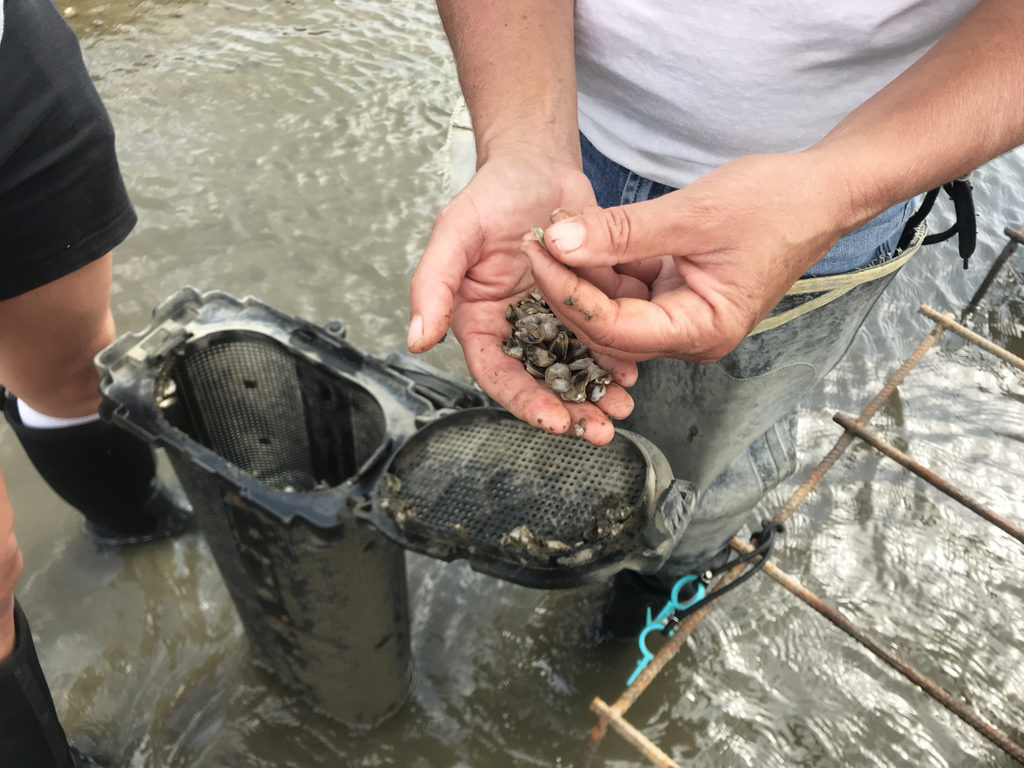
Responsibility
In Delaware Bay, a delicate balancing act for shellfish farms
Oyster producers learn to adapt in a Delaware Bay ecosystem that's critical for endangered shorebirds and highly protected horseshoe crabs.
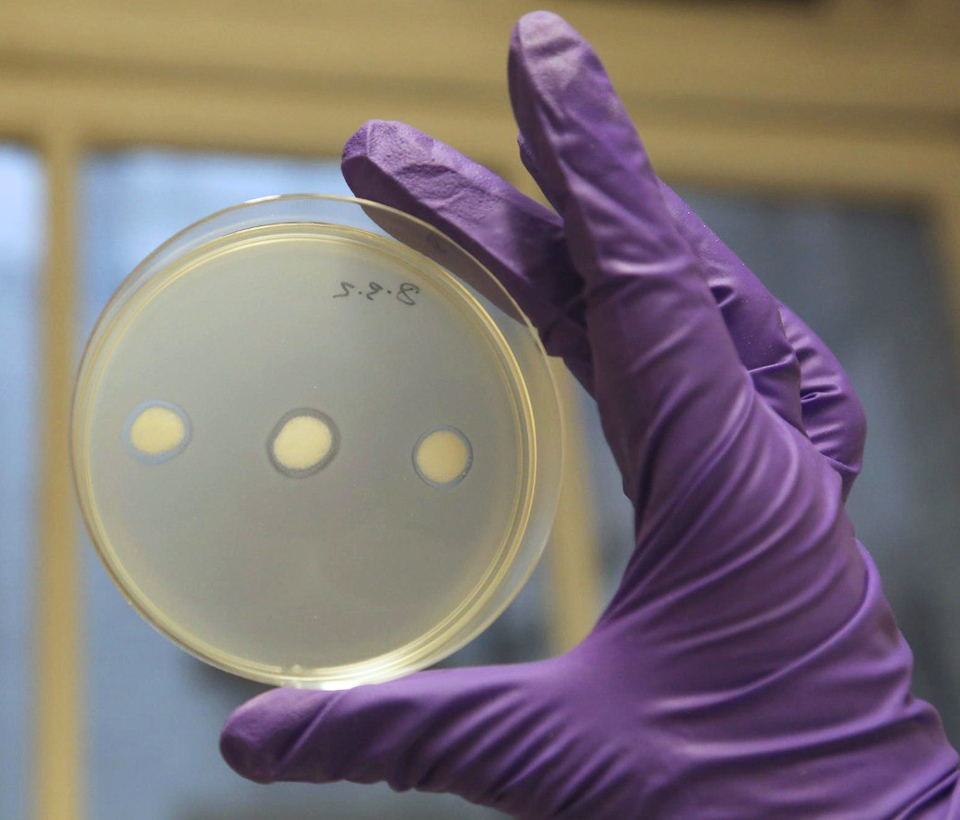
Innovation & Investment
Scottish firm honing bacteriophages into aquaculture-disease assassins
Scottish biotech firm Fixed Phage aims to bottle the powers of bacteriophages to deploy these “bacteria killers” on some of the world’s most destructive aquaculture diseases.
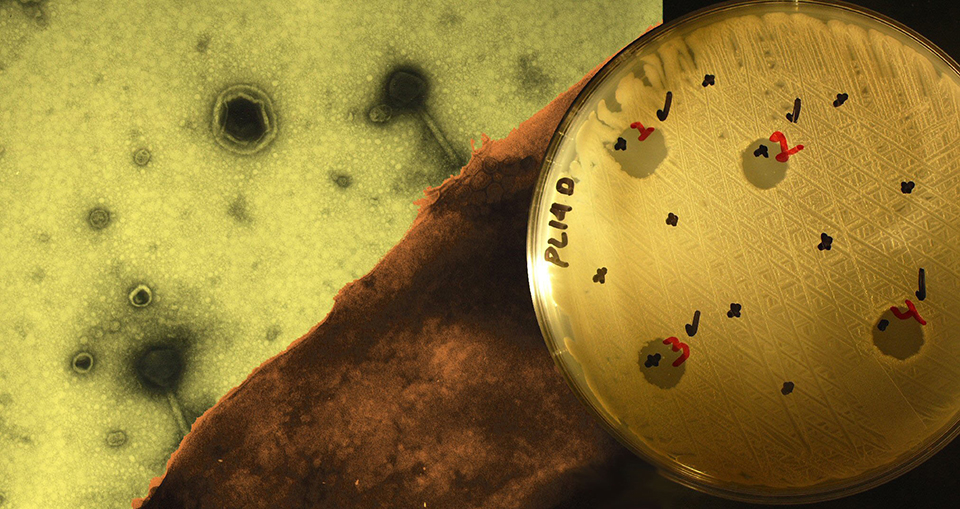
Responsibility
Phage therapy provides targeted bacteria treatment
The use of phages is an alternative to antibiotics in the control of pathogenic bacteria. Phage therapy offers low-cost, low-toxicity treatment and quick bactericidal effects.
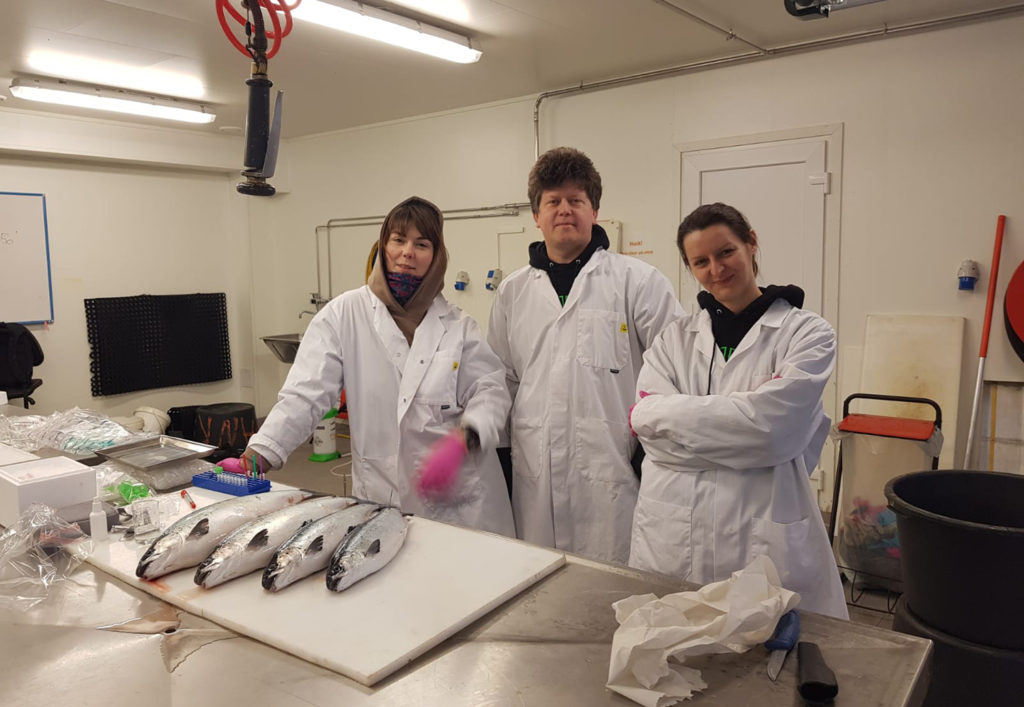
Health & Welfare
How can Norway defeat pancreatic disease in salmon? By detecting it faster.
Polish pathogen diagnostics group will soon launch a test system that can identify the costly pancreatic disease (and six others) in just 10 minutes.

